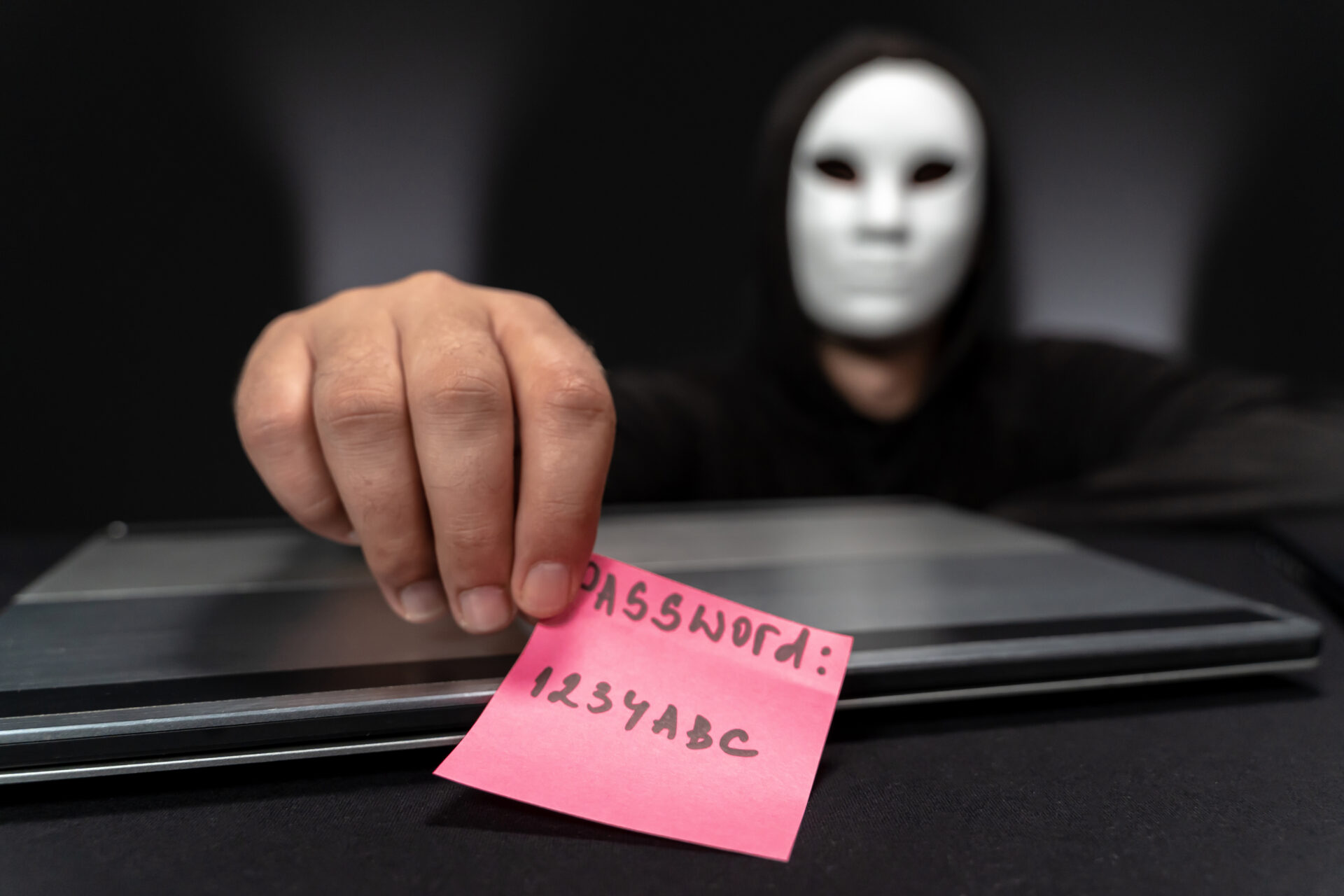When most people think about cyberattacks, they imagine headlines about massive corporations or government agencies. But here’s the truth: small businesses are the #1 target.
According to Verizon’s 2024 Data Breach Investigations Report, nearly 46% of cyberattacks target small and mid-sized businesses (SMBs) — often because hackers know these companies lack enterprise-level security.
The cost? On average, $25,000+ per incident, plus the long-term damage to customer trust, compliance, and business continuity.
Here are the Top 5 ways hackers target small businesses — and what you can do to stay safe.
1. Phishing Email Cyberattacks
📧 Still the most common attack vector. Hackers send emails disguised as trusted contacts or vendors, tricking employees into clicking malicious links or sharing sensitive information.
How to Block It:
- Train employees to spot suspicious emails.
- Enable multi-factor authentication (MFA) so a stolen password isn’t enough.
- Use email filtering tools to block phishing attempts before they hit inboxes.
2. Weak or Reused Passwords
A single compromised password can unlock your email, financial accounts, and cloud services. Hackers often buy stolen credentials on the dark web and “stuff” them into login screens.
How to Block It:
- Require strong, unique passwords.
- Implement password managers for staff.
- Add MFA wherever possible.
3. Ransomware Cyberattacks
Hackers lock you out of your own systems and demand payment to restore access. Small businesses are hit hard because downtime can cost thousands per hour.
How to Block It:
- Keep data backups stored securely offline.
- Regularly patch and update systems.
- Use endpoint protection software to catch ransomware before it spreads.
4. Unsecured Wi-Fi and Remote Access
Hackers love exploiting weak Wi-Fi passwords and remote desktop access — especially for employees working from home.
How to Block It:
- Secure all networks with strong encryption (WPA3).
- Require VPNs for remote access.
- Limit remote admin privileges to essential personnel only.
5. Insider Threats
Not every threat comes from the outside. Disgruntled employees or careless staff can expose sensitive data, either intentionally or by accident.
How to Block It:
- Enforce role-based access control (give staff access only to what they need).
- Monitor unusual login attempts.
- Foster a culture of cyber awareness so employees understand the stakes.
Final Thoughts: Protecting Your Small Business from Cyberattacks
Cyberattacks aren’t just a big-business problem — they’re a main street problem. Hackers know small businesses often lack full-time IT staff, making them the perfect target.
But with the right safeguards — from MFA and backups to proactive monitoring — you can dramatically reduce your risk.
Need help protecting your business?
📧 mworlund@cmitsolutions.com | 📞 (656) 220-2180
🔗 Contact CMIT Solutions Brandon–Lakeland




